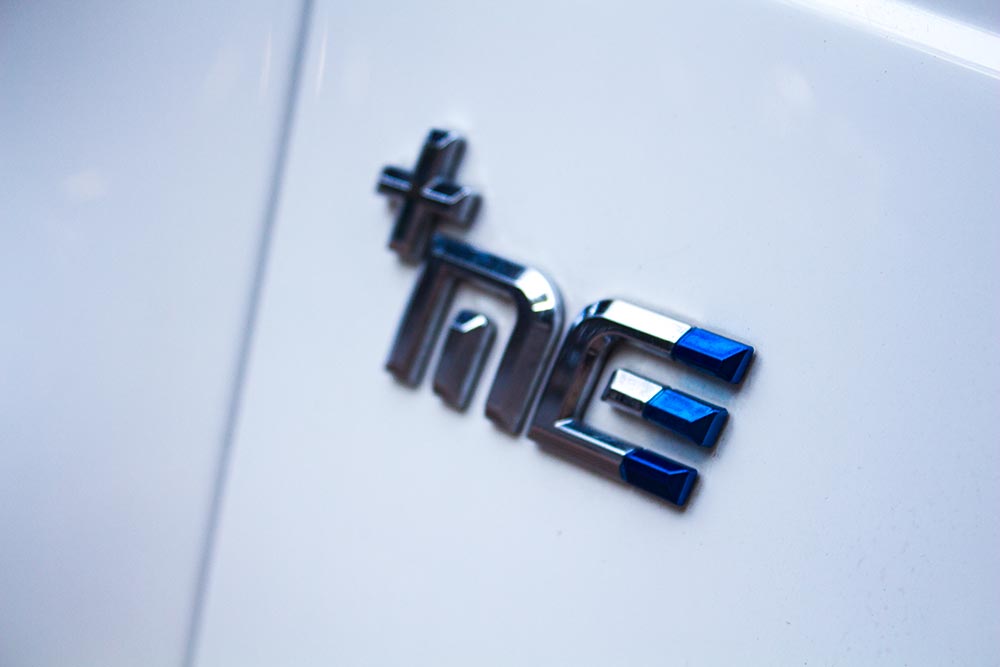Mahindra, LG Chem collaborates to bring Advanced Li-ion battery technology
Mahindra & Mahindra Ltd., a part of the US $19 billion Mahindra Group and LG Chem, Korea’s leading manufacturer of advanced batteries, today announced a collaboration in the field of advanced Li-ion battery technology.
Under the aegis of this collaboration, LG Chem will develop a unique cell exclusively for India application and will also supply Li-ion cells based on NMC (nickel-manganese-cobalt) chemistry with high energy density. These cells will be deployed in the Mahindra and SsangYong range of Electric Vehicles. LG Chem will also design the Li-ion battery modules for Mahindra Electric, which in turn will create battery packs for the Mahindra Group and other customers.
Commenting on this announcement, Hemant Sikka, President & Chief Purchase Officer, Mahindra & Mahindra Ltd. said,
The Electric Vehicle revolution is taking the country by storm and at Mahindra we are happy to be at the forefront of this change. This association with LG Chem will give Mahindra the requisite access to advanced battery technology and will also enable us to deliver globally competitive products. At Mahindra we are preparing to scale up in accordance with our expansion plans in order to meet demand expected in the near future. We look forward to a strong and fruitful association with LG Chem.
According to JH Kim, LG Chem’s Executive Vice President in Energy Solution Company
LG Chem is honored to have a collaboration with Mahindra & Mahindra Ltd. In the field of advanced Li-ion battery technology, LG Chem expects this collaboration will be one of the memorable moment for putting the commercialization of Electric Vehicle forward in India market.
In keeping with the investment plan already announced by Mahindra last year, a battery module plant is also under development. The plant will have a capacity of half a million battery modules per annum and will also house a battery module pack line and the entire facility for both module and pack is expected to go into production in the last quarter of FY 2020.
You can add more to this story by commenting below.








